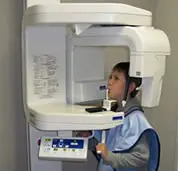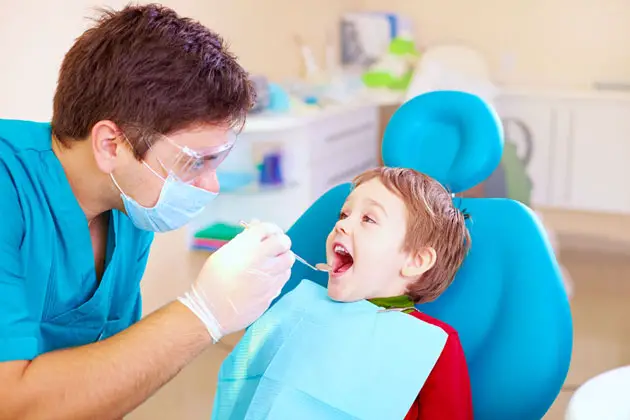A recent study called “Dental X-rays and Risk of Meningioma” by Elizabeth B. Claus, MD, Ph.D. indicated to readers that there is an increased risk of a cancerous brain tumor that correlates to an increased number of dental X-rays. Mark A. Breiner, DDS discusses the risks and benefits of dental X-rays.
 A recently released study (Dental X-Rays and Risk of Meningioma by Elizabeth B. Claus, MD, PhD) has created a lot of controversy concerning dental X-rays. The study indicated that there was an increase in a type of cancerous brain tumor that correlated with an increased number of dental X-rays. Many people are now worried about having these X-rays taken. Is this a valid concern?
A recently released study (Dental X-Rays and Risk of Meningioma by Elizabeth B. Claus, MD, PhD) has created a lot of controversy concerning dental X-rays. The study indicated that there was an increase in a type of cancerous brain tumor that correlated with an increased number of dental X-rays. Many people are now worried about having these X-rays taken. Is this a valid concern?
This study has some problems, which even its own authors have noted. The participants, whose ages ranged from 20 to 79 years, were asked to recall the number of bitewing X-rays, full mouth X-rays and panoramic X-rays they had taken over their lifetimes. I know that I cannot tell you how many dental X-rays I have had taken in my lifetime. Also, most of the period under consideration predated the introduction of digital X-rays. Digital X-rays substantially reduce radiation exposure, especially with reference to bitewings and full mouth X-rays. Nevertheless, I am not surprised that there may be an increase in brain tumors related to X-rays. Radiation is best kept to a minimum. Zero radiation is best. However, as with almost everything in dentistry, the risks must be weighed against the benefits.
One point the authors of the study made was that it seemed that the more X-rays at an earlier age, the higher the risk. This makes sense. Children are more sensitive to a lot of things. With this in mind, I try not to take X-rays of children’s teeth unless I suspect a problem which cannot be assessed any other way. Often I transilluminate the teeth with a very bright LED light to help me detect decay between the deciduous (baby) teeth. Unfortunately, this does not work as well with permanent posterior teeth. Most of my younger patients do not have their first X-rays taken until they are in their teens.
There are three major types of dental X-rays: bitewings, panoramic, and full mouth.
Bitewing X-rays are limited in scope, allowing only the coronal portion (the tooth which is visible above the gums) of the teeth to be seen. Bitewings are primarily used to detect decay between the back teeth. Using this type of X-ray to help detect decay in adult teeth is worth the risk. If this decay is not addressed, the result may be an abscess of the tooth; an abscess may necessitate either an extraction of the tooth, or a root canal. Given the possible systemic risks of a root canal , I feel that having a few X-rays taken is worth the risk. Some dentists take bitewing X-rays every year because insurance will cover it. Unless someone is constantly getting new decay, I would not recommend this. The majority of my patients go 2-3 years between bitewing X-rays.
The panoramic X-ray allows me to see not only the teeth, but the jawbones (both upper and lower) and the sinuses. Some patients who initially refused to have this X-ray taken, later reconsidered and allowed the panoramic X-ray. In several of these cases, large tumors were found in the jawbone and sinuses. Typically, these X-rays are taken every 5-7 years.
Full mouth X-rays are 20 individual X-rays of the entire mouth. I very rarely take these because the panoramic X-ray is much more encompassing. I only take the full-mouth series when a patient has a severe case of periodontal disease, and I need a more detailed picture of the bone loss around the teeth.
So, should dental X-rays be taken? Yes. However, they should be used sparingly and only as necessary. I hope this study leads patients to question the use of dental X-rays, but not to refuse those that are truly necessary.
Dr. Mark A. Breiner is a licensed dentist. In his new book, Whole-Body Dentistry®: A Complete Guide to Understanding the Impact of Dentistry on Total Health, he stresses the importance of using the safest possible treatment approaches for both children and adults.
Dr. Breiner maintains a private practice in Connecticut. For more information on Dr. Breiner, please visit his website.
Also see:
How To Save Your Child’s Tooth in a Dental Emergency
When is the Right Time for Orthodontics?



















